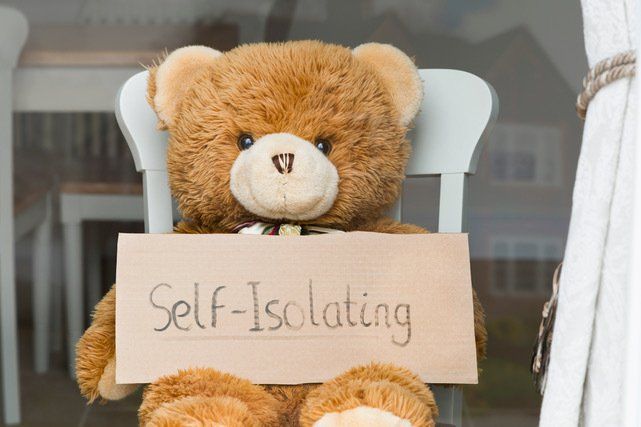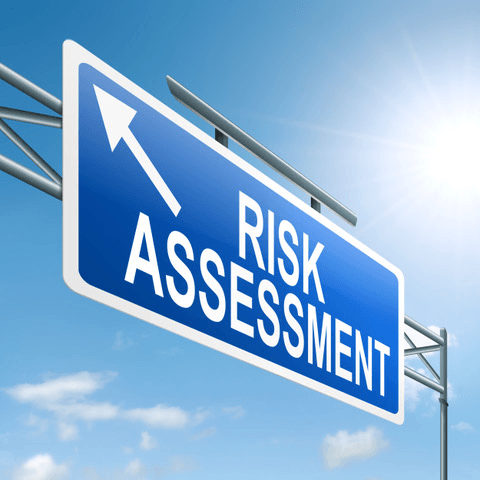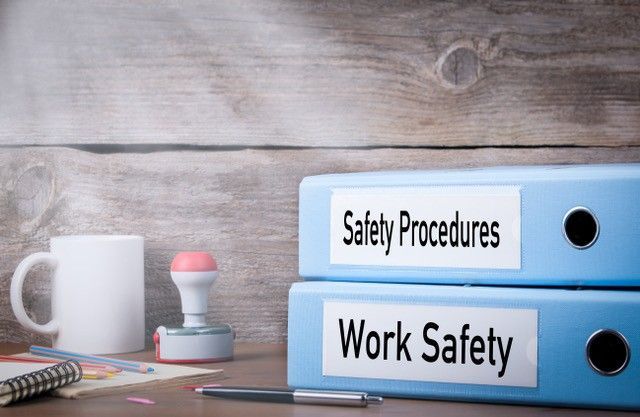The End of Self-Isolation Rules – How Does This Affect Employers

What has changed?
From 24 February 2022 to 31 March 2022 (the self-isolation transitional period), it is no longer a legal requirement to self-isolate if an employee tests positive for COVID-19. Although there is no legal requirement to self-isolate the public health guidance issued by the UK Health Security Agency, best practice is to stay at home, at least for a full 5 days. Employees may resume their normal practice when they have tested negative from day 5 onwards, for 2 consecutive days providing they don’t have a high temperature.
With the removal of the legal requirement to self-isolate, employees are no longer obliged to tell their employers of their COVID-19 status or the requirement to self-isolate.
The £500 self-isolation payment has also ended along with the removal of the qualifying days for SSP which ended on 24 March 2022. This means employees who test positive for COVID are not entitled from day one to receive payment for SSP.
Routine contact tracing has ended. Where a close contact has been in close contact with a positive COVID person, if they have been fully vaccinated, they are no longer required to self-isolate or test daily for 7 days.
Further advice on the current changes can be found here https://www.gov.uk/government/publications/covid-19-people-with-covid-19-and-their-contacts/covid-19-people-with-covid-19-and-their-contacts
What changes are happening from 1 April 2022
After the transitional period has ended, those with COVID-19 symptoms will not be required to stay at home or self-isolate. The move is towards ‘exercising personal responsibility’ and to show consideration towards others. Employers will no longer be legally obliged to explicitly consider COVID-19 in their risk assessments.
Free testing for COVID-19 with PCR and LFD will end for the public but will remain free for those working in health and social care settings. Separate guidance for employers working in these specific settings can be found here https://www.gov.uk/government/publications/covid-19-management-of-exposed-healthcare-workers-and-patients-in-hospital-settings
How should employers respond?
The removal of the legal requirement to self-isolate does not prevent employers from developing their own policies. Difficulties may arise where employees disclose that they have COVID but that they feel well enough to work. Employers have a continuing duty of care to ensure the health and welfare of all their staff. Therefore, where an employer has carried out an updated risk assessment taking into account vulnerable members of the workforce, it may be that it is reasonable to insist that an employee remains at home to prevent the risk of further infection to vulnerable members of the workforce. Difficulties arise when it comes to the issue of pay as there is an implied obligation to provide an employee with work and to receive their pay. This has to be balanced with the implied duty to provide a safe place of work which means making sure that workers are protected from anything that may cause harm, controlling any risks to injury or health that could arise within their working environment. The Health and Safety at Work Act 1974 imposes a duty on every employer to ensure as far as is reasonably practicable, the health and safety and welfare at work of all of its employees. This broad duty is underpinned by the Management of Health and Safety at Work Regulations 1999. Furthermore, under regulation 3 of the Management of Health and Safety at Work Regulations 1999, there is the requirement to carry out the risk assessment. Obviously working from home is a clear way of reducing the risk of infection, however, not all sectors are suitable (for working from home) or have this as a viable option. It may be that under section 64 the Employment Rights Act 1996 that medical suspension is an option. This is not a form of sick pay but applies where an employee is capable of work, nonetheless they have to be suspended because of certain risks to their health. This can be costly so employers may need to consider reviewing their self-isolation policies now.
If you need assistance or support with the redrafting of these policies, don’t hesitate to get in contact with me directly.
Jane Southall










